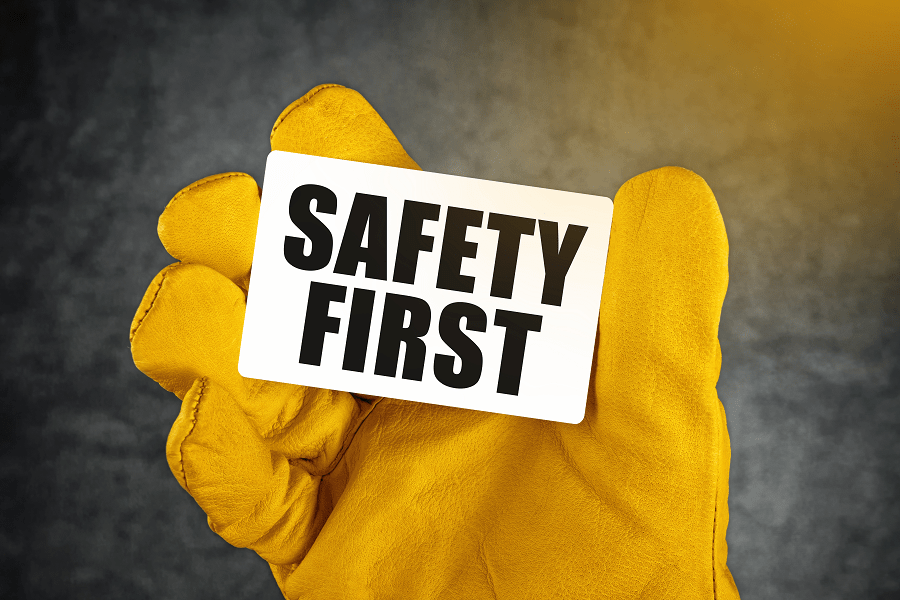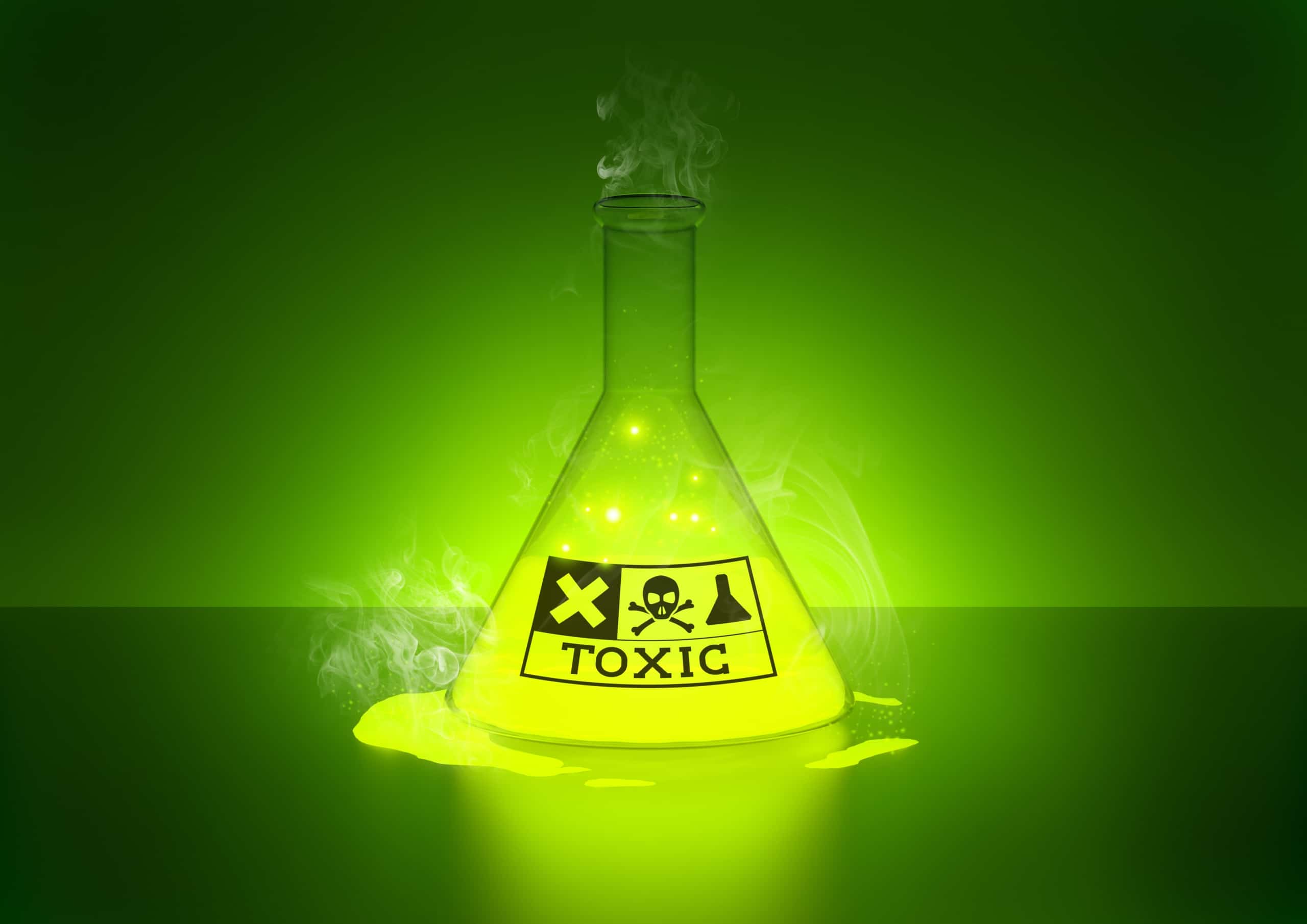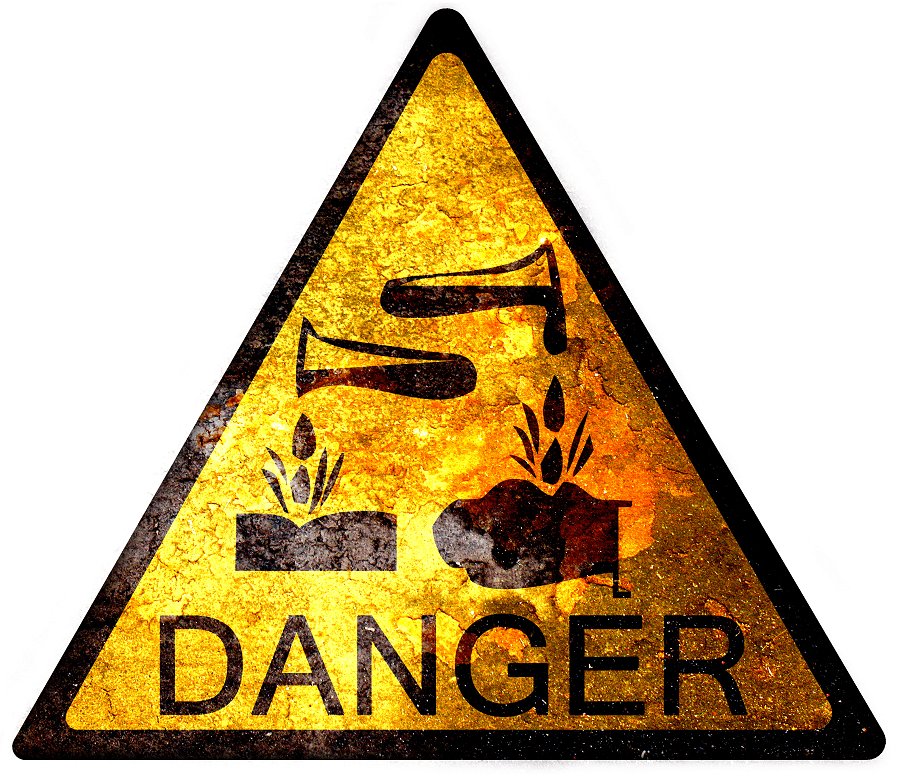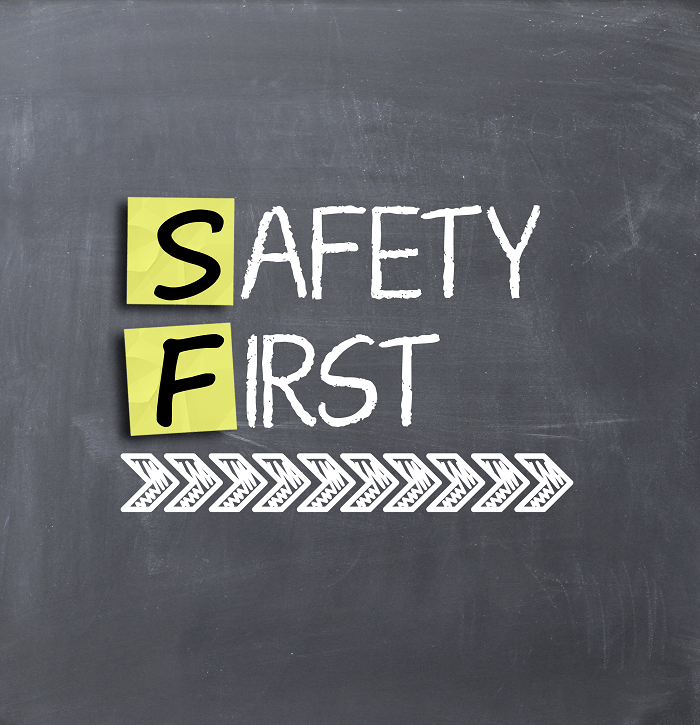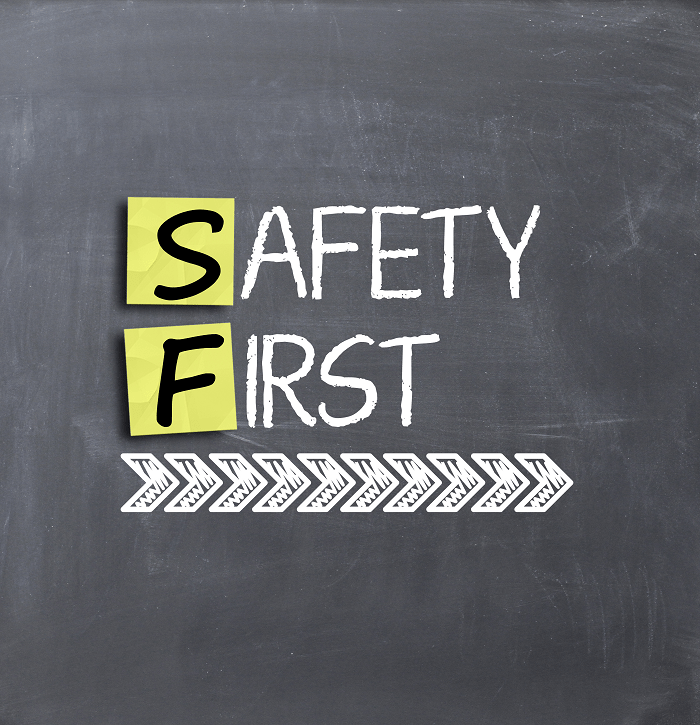The U.S. Department of Health’s National Toxicology Program (NTP) identifies nPB as a solvent that is “reasonably anticipated to be a human carcinogen” -- a finding based on laboratory experiments that expose mice to nBP and measure the results on the physiology of...





